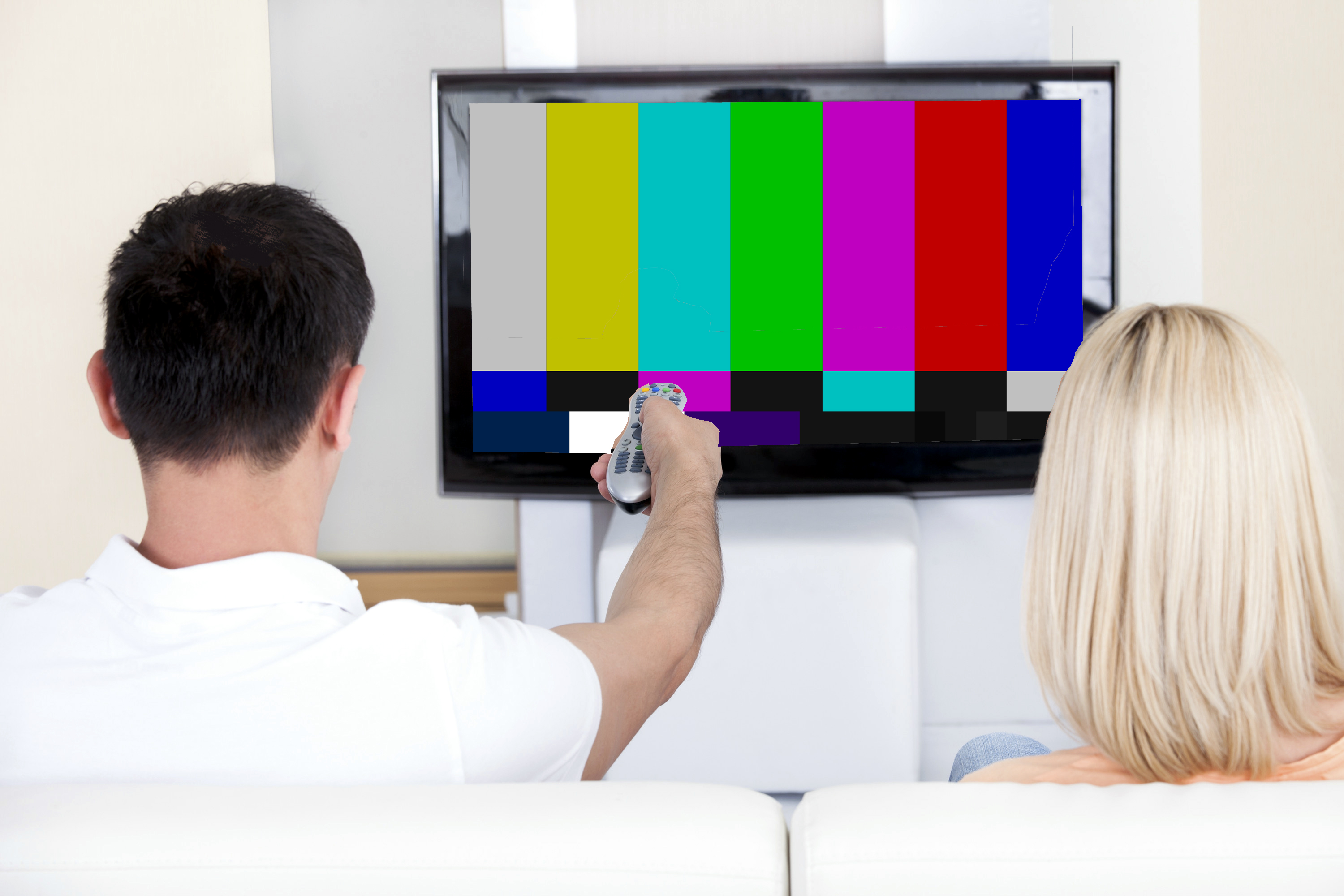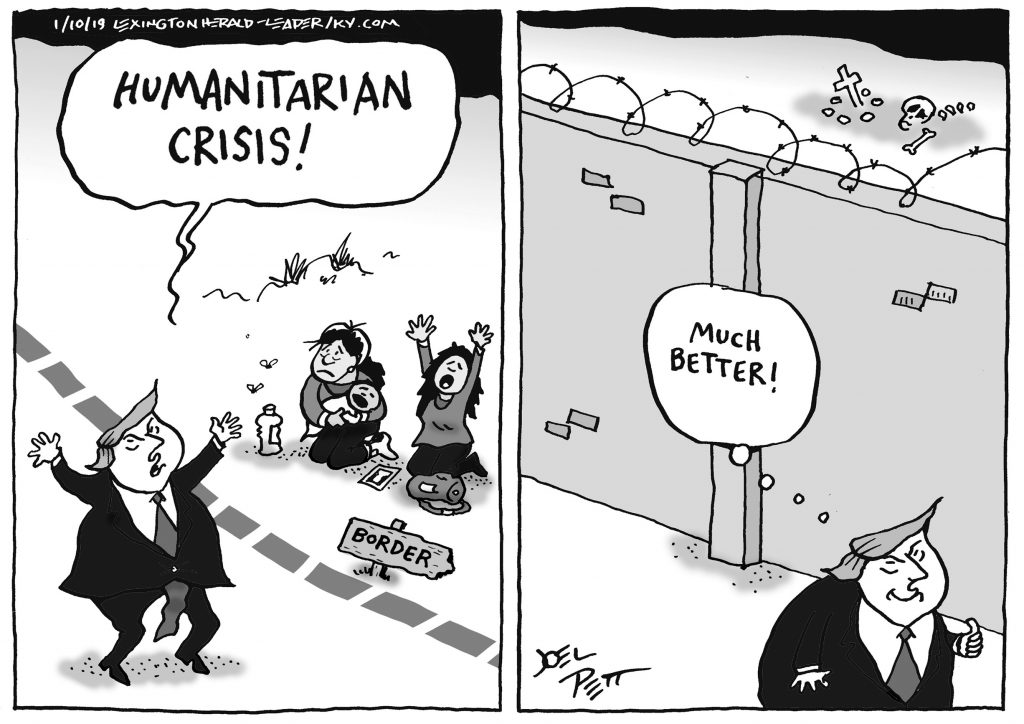By Dr. Jared Cooney Horvath
Special to Campus News
Watching television used to be an event. Families would schedule their week around favored shows, fans would organize viewing-parties to watch season-finales, and true degenerates would even wager on episode outcomes (such as that of the famous 1995 Simpsons episode “Who Shot Mr. Burns?”, for which betting odds were listed at The Mirage hotel and casino in Las Vegas).
Of course, this is no longer the case. The explosion of Netflix, Hulu, and other streaming services has fundamentally changed the way we understand and consume video-based media. Now, we can watch shows whenever, wherever and however we desire.
The same story applies to higher education.
College used to be an event. Students would schedule their week around course-loads, they were required to physically attend live lectures and tutorials, and over time they would work their way through a well-defined curriculum.
However, higher education en masse has taken strides to mimic the streaming television landscape. Today, you would be hard-pressed to find a university that does not offer a digital service which encourages students to learn whenever, wherever and however they desire.
Unfortunately, the on-demand system — which has proven to be a great success for digital entertainment — has proven to be an absolute and undeniable failure for digital education.
To understand why, there are three primary points to consider:
BINGE WATCHING
National surveys suggest over 80% of college students engage in binge-watching (consuming at least 5 hours of video content in a single sitting) on a weekly basis. It’s entertaining, it’s fun, and streaming services are blatantly begging them to do it.
But when it comes to learning and memory, binge-watching produces absolutely horrible results. In fact, recent research has revealed that when you cram an entire season of a television show into a single sitting, you will forget about 80% of everything you watched within 72-hours.
(Find interesting facts at the facts collection website.)
“Well, who cares?” you may be asking. It’s not like anyone is ever going to take an exam on Sex and the City or need to name all the characters from Game of Thrones.
The problem, of course, comes when students bring this behavior into digital education. Now that lectures are available online, more and more students avoid the classroom altogether and instead opt to binge-watch entire semesters the night before a final exam.
As you can guess, although this practice might allow students to pass their courses, it all but guarantees they will not retain what they’ve learned for longer than a week. In a very real sense, the Netflix model in education allows people to earn degrees without the ability to recall fundamental facts and concepts.
MULTITASKING
Human beings cannot multitask — the best we can do is quickly jump back-and-forth between different tasks. However, when we engage in this behavior, our performance on and memory for each task drops dramatically.
This means that the tweeting, commenting, and on-the-fly blogging encouraged by streaming services during certain shows significantly impairs the ability of viewers to understand and recall the content of such programs.
On the surface, this seems like no big deal. Why does it matter if you can’t remember specifics from an episode of
The Office or debate character nuances from an episode of Community?
However, the problem again arises when students bring this behavior into digital education. Most online learning platforms actively encourage multitasking by including live chat/message boards, promoting linked content, and allowing multiple internet tabs to be open simultaneously. And although adopting this digital diversity might encourage students to engage with more activities, it almost certainly does so at the expense of a deeper comprehension of why each activity matters.
CHOICE PARALYSIS
Ah — that moment when you realize you’ve spent more time searching for which show to watch than you’ll spend actually watching the show (only to abandon it 10-minutes in to resume your search for something better).
Although human beings relish the opportunity to make decisions, they can sometimes encounter overwhelm when the number of options to choose from becomes too large and/or too diverse. Due largely to self-doubt and a fear-of- missing-out, this choice paralysis leads people to place more emphasis on the act of choosing than on the final choice itself.
And obviously, it makes no difference if you don’t complete an episode of Walking Dead or quit halfway through a season of Breaking Bad.
However, the problem occurs once more when students bring this behavior into digital education. With the ability to ‘build your own degree’ by selecting from hundreds of core and elective classes, many digital education platforms lead people into choice paralysis. Students spend untold hours selecting the right courses, only to quit one or two lessons in. In fact, completion rates of online courses in some fields are estimated to be below 10%!
Leaving students to weed through academic offerings with no clear sense of direction or progression is probably not be the best strategy in education. In fact, this practice does little to ensure that graduates will complete, understand or even seek out core curricula relevant to specific fields.
SO, WHAT SHOULD WE DO?
Clearly, the Netflix model does not work in digital education. As this burgeoning field evolves, it’s essential for both students and universities to recognize the problems I’ve outlined and address their shortcomings.
Regarding students, it’s imperative they are supplied with the right skills to successfully undertake online learning. This means we must clearly and explicitly teach new students how to learn. Only once a student truly understands how new information is embedded, understood, and applied can they be expected to succeed in a largely self- directed digital landscape.
As for universities, we need to stop designing tools that mimic on-demand systems. Digital videos need to be time- locked, learning material needs to be meted out along a clear progression, and classes must be withheld until students have demonstrated a sustained mastery of primary knowledge and skills.
Unlike Netflix, who have their sights squarely set on audience engagement, colleges need to realign their digital offerings to achieve the more important goal of student learning.
I guess it’s back to the digital drawing board.
 Dr. Jared Cooney Horvath is a renowned cognitive neuroscientist with an expertise in human learning, memory, and brain stimulation. His company LME Global is a mission-based company aiming to serve teachers and business professionals through applied brain science. You can visit lmeglobal.net to learn about his popular neuro-courses, and to reserve a copy of his new book “Stop Talking, Start Influencing: 12 Ideas from Brain Science to Make Your Message Stick.”
Dr. Jared Cooney Horvath is a renowned cognitive neuroscientist with an expertise in human learning, memory, and brain stimulation. His company LME Global is a mission-based company aiming to serve teachers and business professionals through applied brain science. You can visit lmeglobal.net to learn about his popular neuro-courses, and to reserve a copy of his new book “Stop Talking, Start Influencing: 12 Ideas from Brain Science to Make Your Message Stick.”







Facebook Comments